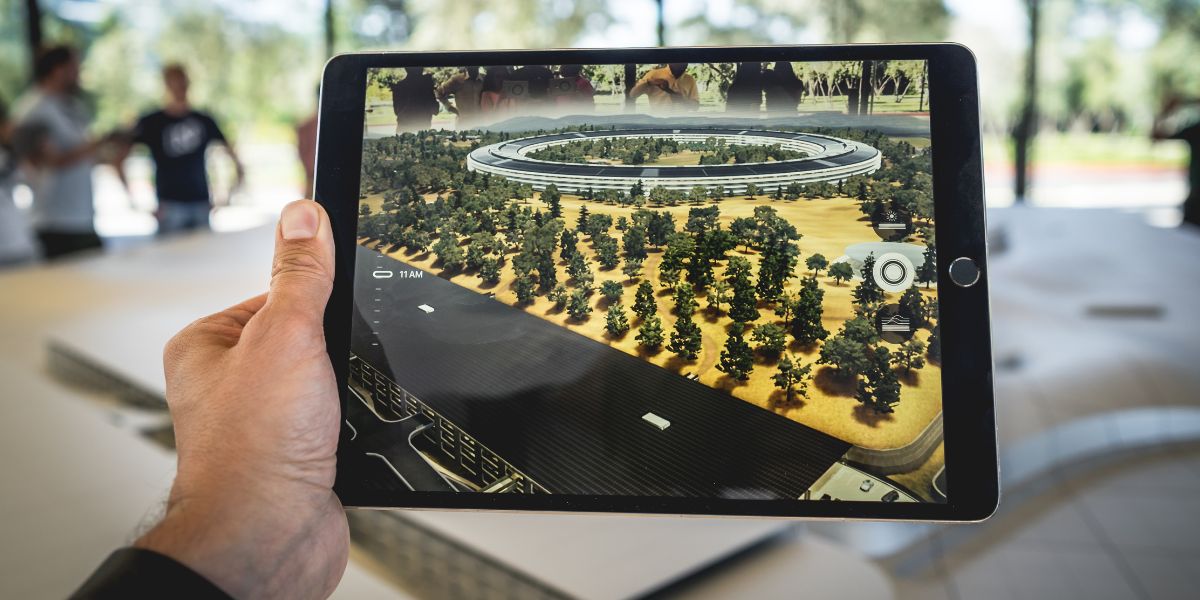Augmented reality and virtual reality have risen in popularity in recent years; it has significantly enhanced our real world by creating a tremendous difference in the way we visualize the world. This technology holds a great promise for the future in a variety of industries, including medicine, education, manufacturing, and much more. However, these terms often get confused with each other, and there is a significant difference between the two. So, augmented reality vs virtual reality, what’s the difference?
Learn the Database Security Best Practices
What is Augmented Reality?
Augmented Reality (AR) is a technology that combines the digital and physical worlds to create a unified experience. It contributes to your surroundings by adding digital elements to a live view, and it’s designed to coexist with the real environment. It involves overlaying visual, auditory, and other sensory information to enhance the user experience.
The purpose of AR is to provide additional data about the real world without being physically present. To overlay digital content in the real-world environment, AR needs a software device with a camera, such as smartphones, tables, or smart glasses. AR uses computer vision, mapping, and depth tracking to allow your camera-equipped devices to collect, send, and process data. One example of this is Xerox CareAR, which uses augmented reality enabling services in multiple industries to provide remote visual AR support for their employees, field workers, and customers.
What Industries Does Augmented Reality Help
Augmented reality is enjoying increased use in a variety of industries including:
The role of AR in healthcare is remarkable. It offers opportunities and benefits to healthcare professionals and medical students by providing a better experience including augmented training and practice.
Augmented reality can be used by students by making learning more accessible and helping them better understand and engage with the subject. Teachers can also use AR to help students understand the subject by performing visual representations.
Augmented reality in manufacturing allows for product design, fast prototyping, prevention of errors, and easy-to-access data.
Augmented reality can guide senior-level staff through critical tasks such as inventory management, self-service repair, visual merchandising, and much more.
AR technology provides multiple benefits including improving product development, increasing worker engagement, streaming warehouse management, educating employees, and ease of use. Overall, augmented reality uses
- Technology system that adds to the existing scene
- No headset, phone, tablet, reality glasses
- User is aware of their presence in the real environment
- 25% virtual content and 75% real content
So, What is Virtual Reality Technology?
Virtual reality (VR) is a fully digital experience that can either simulate or differ completely from the real world. A VR headset is used and worn over the user’s eyes; as a result, the user does not have a sense of the real world.
The purpose of VR is to create an immersive virtual experience. It is commonly used in video games, virtual tours, and 3D movies. It can be used for training, education, and gaming. VR has been used in multiple industries including education, healthcare, education, architecture, and the military.
When using virtual reality, users are completely cut off from the outside world and immersed in a comprehensive system simulation that is not based on reality.
- The virtual environment is fully immersive
- A virtual headset is required
- Visual senses are controlled by the system
- 75% virtual and 25% real content
Both augmented reality and virtual reality have made promising developments and continue to innovate in today’s world. Technology is continuously transforming the way we live, and with all the innovations and advances it may even change the way we perceive reality. Kraft Business Systems is offering Xerox CareAR to assist industries in providing accessibility, education, and faster production. If you want to learn more about Xerox augmented reality, contact Kraft Business Systems today.







